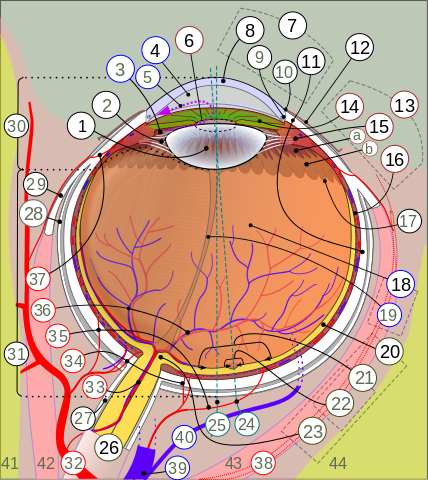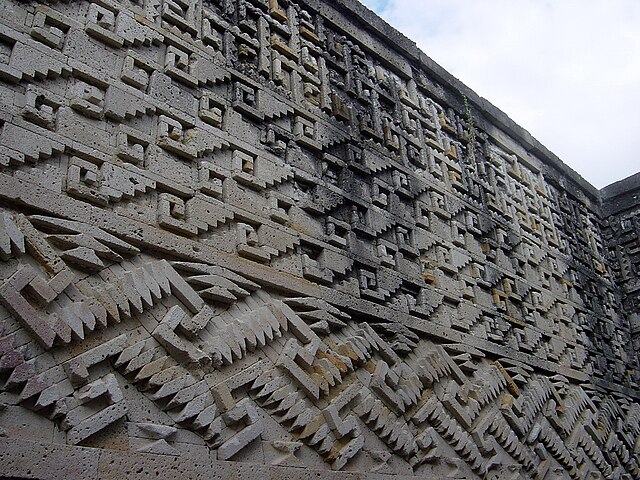We just learned about the
Baptism of Clovis I.
Another part of early Christianity is the
Pentarchy.
We've already learned that the head of the big churches were called Bishops, and that the Bishop of the church in Rome is called the Pope.
In the old days there were 5 churches in the Roman empire that were seen as the most important:
Rome - in what is now Italy
Constantinople - in what is now Turkey, and renamed Istanbul
Alexandria - in what is now Egypt
Antioch - in what is now Turkey, renamed Antakya
Jerusalem - in what is now Israel
There were other churches, but the leaders of these churches were put in charge, so if there as disagreement between all of the many churches around these leaders would decide what to do.
It was the start of the churches really getting organized and turning into a really big group instead of a bunch of small churches spread around that argued with each other.

(from: wikipedia -
pentarchy)
Kid Facts - Blast from the past: Christianity after Jesus





